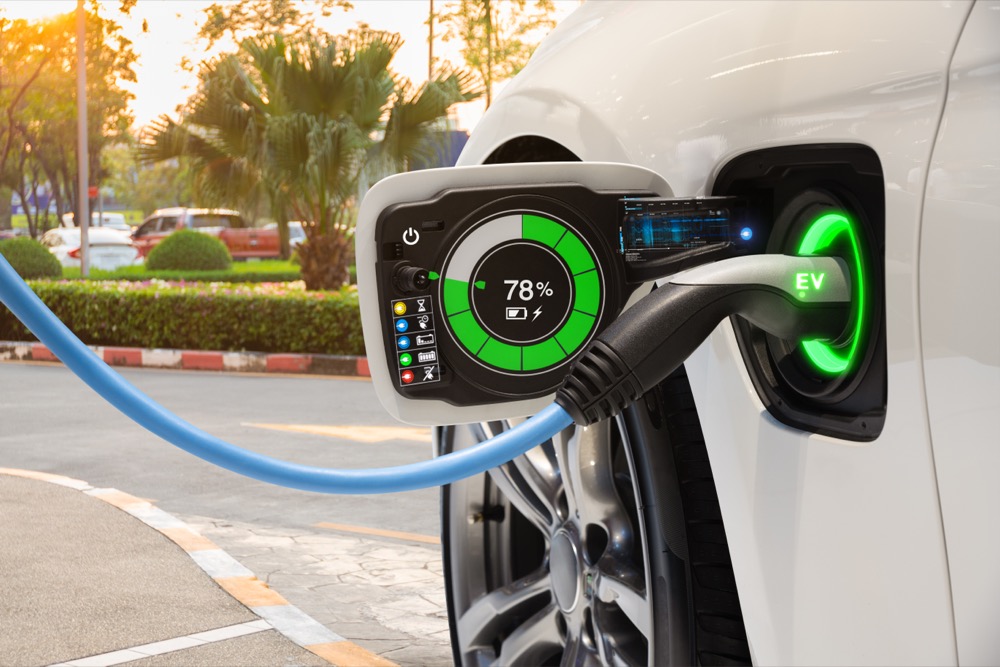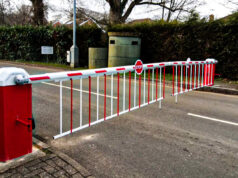With the rapid growth of Electric Vehicle (EV) adoption, many businesses are recognising the need to provide the right charging infrastructure for their customers, employees, or fleet. Choosing the right EV charger for your commercial vehicles is essential in their maintenance and for daily smooth operation. This can in turn lead to increased customer satisfaction and possibly an increased bottom line.
As a commercial EV owner, you should understand the various factors involved in selecting the right EV charger to maximise your electric mobility while reducing operational costs. Whether you are a business owner, fleet manager, or property developer, this guide will help you find the right EV charging infrastructure that meets your requirements and contributes to a sustainable future. If you are looking to browse a selection of EV charging components, you can do so here.
Understanding your EV requirements

The first step to setting up charging infrastructure is to understand your EV requirements. There are several key aspects you must consider, such as your vehicle charging capabilities, charging connector type, a realistic charging schedule, plans for future expansion, and billing and management.
Not all EVs have the same charging requirements. This is particularly true for vehicles of different sizes, which will have different battery capacities.
- Compact and subcompact EVs have smaller battery capacities as they are designed for urban commuting and shorter distances. They can typically be charged using Level 1 or Level 2 chargers.
- Midsize and sedan EVs have larger battery capacities than compact vehicles, enabling longer driving ranges. They can typically be charged using Level 2 or Level 3 (DC Fast Charging/DCFC) chargers.
- SUVs and crossovers have even larger battery capacities due to their increased size and weight. They can typically be charged using Level 2 or Level 3 (DC Fast Charging/DCFC) chargers.
- Pickup trucks and commercial EVs have the highest battery capacities and, comparatively, the greatest power demands. Level 2 chargers with high output can work, but DC Fast Charging/DCFC chargers are optimal.
There may also be specific charging requirements that can vary among individual EV models. The best thing to do is to refer to the vehicle manufacturer’s specifications and recommendations before selecting charging infrastructure.
Factors to consider when choosing the right EV charger

Some key factors to consider when choosing the right charger include:
Types of EV chargers
There are three broad types of EV chargers. Levels 1, 2, and 3. Level 3 chargers are also known as DC Fast Chargers or DCFC.
- Level 1 chargers are the most basic and commonly available, and they provide charging through a standard household electrical outlet of 120 volts AC using a charging cable. Level 1 chargers are often included with the EV upon sale. They can provide 2-5 miles of range per charging hour.
- Level 2 chargers provide more power at a quicker speed than Level 1 chargers, and they are common in residential and commercial charging stations. They can provide 10-30 miles of range per charging hour.
- Level 3 chargers, or DCFC, use direct current (DC) power, and they can bypass the vehicle’s onboard charger to get through to the battery directly. They offer significantly greater charging speeds and a higher capacity, providing up to 80% of a vehicle’s range in 20 to 30 minutes.
Additionally, some EVs have their own chargers, such as the Tesla Supercharger, which is a proprietary charging network specifically designed for Tesla EVs. They are high-power DC fast chargers that provide great charging speeds.
Installation considerations (compatibility)

Some installation considerations include the space within the enclosure, the type of charger that will be used, and the cabling and wiring. It should allow for charging flexibility in terms of space and time, and scalability. With the rise of EV adoption, future proofing charging infrastructure is essential. Finally, make sure you are compliant with local laws and obtain the necessary permits for installing charging stations.
Cost considerations
Of course, cost considerations must be considered, such as installation and operation costs. Many EV charging infrastructures can be subsidised by local governments in the promotion of sustainability, and business owners and decision-makers should check official city and national websites to check if there are relevant schemes to alleviate their financial burden.
Other components that make up EV charging stations

When you have ascertained the exact type and capacity of EV charger you need, you can browse suppliers and online distributors for the exact manufacturer or brand you may wish to purchase your charging infrastructure. You should know that charging stations and networks do not comprise only the charger itself. Rather, there are plenty of moving parts involved, big and small.
- A robust communication system is required for the charger to communicate with external networks, such as a central management system or charging network. This is to enable features like user authentication, remote monitoring, billing, and integration with smart grid systems.
- Components for the user interface are also crucial, providing a means for users to interact with the charging station. These may include touch screens, card readers, and physical buttons.
- A metering and billing system will track the amount of electricity consumed and provide accurate billing requests for users.
- Safety features, such as ground fault protection, overcurrent protection, temperature monitoring, and emergency stop buttons are all necessary to ensure charging safety.
- A physical enclosure is required to mount the charger. Depending on the location of the charging station, more thought may need to be put into the design of the enclosure. For example, external stations should be weather-resistant and durable.
Final words
EVs are on the rise in our era of environmental consciousness and rapid technological advancement. It is important to consult with qualified professionals when setting up your charging station. Work with electricians, charging infrastructure experts, and charger manufacturers during the planning and installation processes. They can provide guidance specific to your installation site and ensure compliance that will keep your charging station safe and fully operational.









